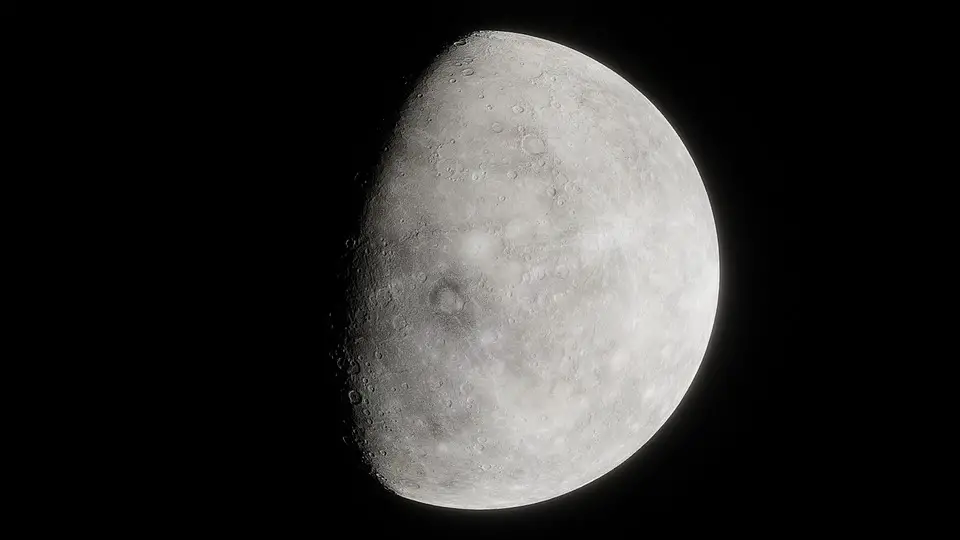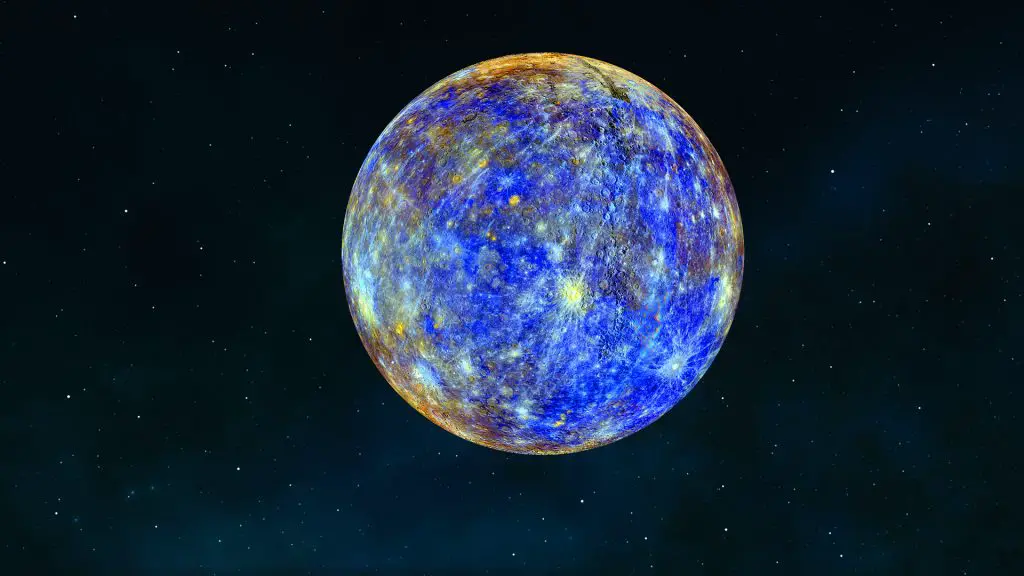Chinese engineers have reportedly built a new 1.5-megawatt “shrinkable” fission nuclear reactor, according to South China Morning Post (SCMP). The team claimed the new reactor could help China in building a nuclear-powered spaceship that could possibly be used for a Mars trip and return journey from the red planet.
The scientists designed the new lithium-cooled reactor to extend from a container-sized volume into a structure as massive as a 20-story building to power a spaceship with it. Research institutions around China came together to help the country develop a massive futuristic spaceship with sophisticated technologies to compete with SpaceX’s gigantic mega-rocket.
A paper published in the Chinese peer-reviewed journal Scientia Sinica Technologica revealed that the new reactor has successfully passed several initial ground tests. Hence, it has been verified that major technological challenges that could have hurdled the progress have been won.
This implies that the reactor could now be sent into space in a compressed form but will likely unfold into a larger structure once it arrives in the weightless environment of space. Immediately the 1.5-megawatt reactor and its heat sink are launched into space, it could possibly reach a height that is equal to that of a 20-story building. But when it is on the ground, it can be folded into a container-size volume and weigh less than eight tons.
How Chinese Scientists are seriously developing nuclear-powered spaceships to Mars
China is one of the top nations interested in sending humans to Mars before the end of this century. To reach great potential in space exploration, Chinese scientists have been researching new technologies to take humanity to the red planet. The recent research led by the academy’s Wu Yican revealed that the reactor system is designed to make it much easier to load and launch by rocket into space.
The team also revealed that the rocket could operate with great stability in the hostile environment of space for a longer period. The researchers confidently noted that the nuclear-powered spacecraft could complete a round trip from Earth to Mars in only three months. This futuristic technology could be essential for interplanetary missions in the future. Unlike this nuclear-powered spacecraft, other spacecraft that depend on fossil fuels like SpaceX Starship could take up to seven months to reach Mars.
Features of this Nuclear Reactor
The Chinese scientists revealed that the reactor will generate temperatures up to 2,329 degrees Fahrenheit (1,276 degrees Celsius) which it achieved via uranium fuel fission. The SCMP noted that this temperature is extremely higher than what most commercial nuclear plants can get.
The extremely intense heat will make the liquid types of the inert elements helium and xenon transform into gases which will be used to propel a generator. The chain reaction of these elements will generate fast neutrons that can produce an efficient and continuous power supply for up to 10 years without stopping.
The team noted that liquid lithium is the secret behind the innovation. Because of its high thermal conductivity and low weight, the liquid lithium is considered the best option for the reactor.
A heat exchanger and radiation shield cover a major amount of space in reactor designs. However, Wu and his team noted that they have built a technology that merges these two components into one.
The paper revealed that the reactor’s heat exchanger consists of tungsten alloy, which can achieve efficient heat exchange in the loop while canceling out harmful radiation. Some other technologies consist of high-temperature corrosion-resistant materials. The recent test showed the feasibility of coupling a lithium-based cooling system with a Brayton generator. The researchers’ team is now hoping to use artificial Intelligence (AI) to diagnose and solve issues in long-term uncrewed space reactors.
“Our country is in a new era,” Wu and his team said. “We plan to embark on deep space exploration missions such as manned lunar exploration, asteroid exploration, flying by Jupiter, and exploring the edges of the solar system. [Space reactors] will be crucial in these endeavors,” they concluded.




